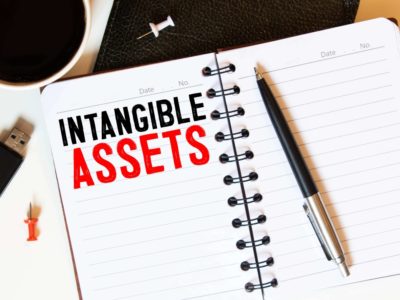
Accounts payable are generally due in 30 or 60 days and do not bear interest. In the balance sheet, the accounts payable amount is the sum of the individual accounts payable to suppliers shown in a subsidiary ledger or file. Goodwill is an intangible value attached to a business, evidenced by the ability to earn larger net income per dollar of investment than that earned by competitors in the same industry. The ability to produce superior profits is a valuable resource of a business.
Non-current liabilities are long-term liabilities, and they are extended over many years. Current liabilities are the liabilities that are due within 12 months. Based on the reporting, there are two accounting standards as underlined by IFRS and GAAP US. My Accounting Course is a world-class https://www.bookstime.com/ educational resource developed by experts to simplify accounting, finance, & investment analysis topics, so students and professionals can learn and propel their careers. Let’s walk through each one of these sections and answer the question what is a classified balance sheet.
BUS103: Introduction to Financial Accounting
Real-world classified balance sheets can be much more complex and include many more line items, especially for large corporations. At its core, a classified balance sheet is an enhanced version of a standard balance sheet, with a deeper level of organization and clarity. It groups or ‘classifies’ assets, liabilities, and equity into several subcategories, making it easier for stakeholders to analyze and interpret the data. The deferred income taxes on The Home Depot’s balance sheet result from a difference between income tax expense in the accounting records and the income tax payable on the company’s tax return.
Current items are those expected to be converted into cash or settled within one year, while non-current items are held for longer periods. The equity section of a classified balance sheet is very simple and similar to a non-classified report. Common stock, additional paid-in capital, treasury stock, and retained earnings are listed for corporations. Partnerships classified balance sheet list member capital accounts, contributions, distributions, and earnings for the period. This chapter will explain the steps required to complete the accounting
cycle. This includes understanding the full accounting information
cycle, and what is used to create the financial statements that will be
provided to required and interested stakeholders.
Common Classifications In Balance Sheet
The components of assets, liabilities, and equity are broken down into further sub-headings to provide in-depth information to the users. The components of assets and liabilities are also classified as current and non-current. Larger organizations use a classified balance sheet format as the format provides detailed information to the users for better decision-making. Financial management and reporting form the backbone of any successful business, providing insights into the financial health and stability of the organization. There is nothing that requires that a business activity be conducted through a corporation.
- Also, merchandise inventory is classified on the balance sheet as a current asset.
- Again, the buildings that a company owns as investments are not plant assets.
- Customers normally provide no written evidence of indebtedness on sales invoices or delivery tickets except their signatures.
- This format is much easier to read and more informational than a report that simply lists the assets, liabilities, and equity in total.
- Each of these components provides valuable information about the company’s financial position, and understanding them is key to interpreting a classified balance sheet effectively.
Deja un comentario